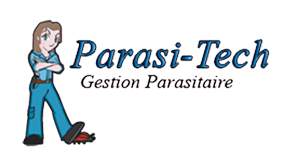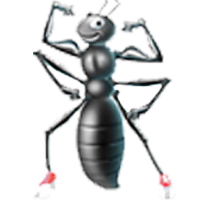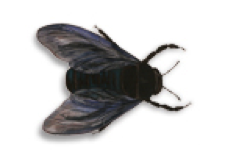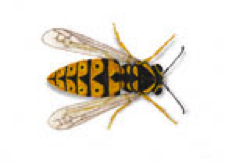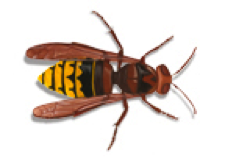
VESPA CRABRO
APPEARENCE
• Wide , up to 1.8 inches long..
• The wings are orange-red .
• Orange abdomen with brown stripes.
LIFE CYCLE
• Nests are found during the spring.
• Most die in late autumn.
• Only the fertilized queens overwinter .
HABITS
• Nesting – In sheltered places , eg tree trunks, bushes, sides of buildings , barns, attics, hollow walls. Their nests are gray and paper-like .
• A colony can reach a size of 700 workers.
• Only spades when provoked . Their stings are painful to humans. They can bite and sting at the same time . They can mobilize the entire nest to sting in defense which is very dangerous for humans.
• Food – Live insects and sap. Are not attracted by human food.


